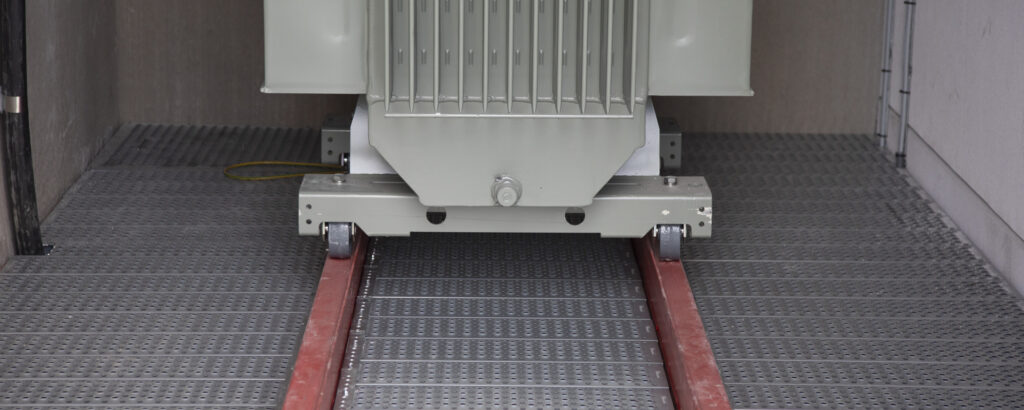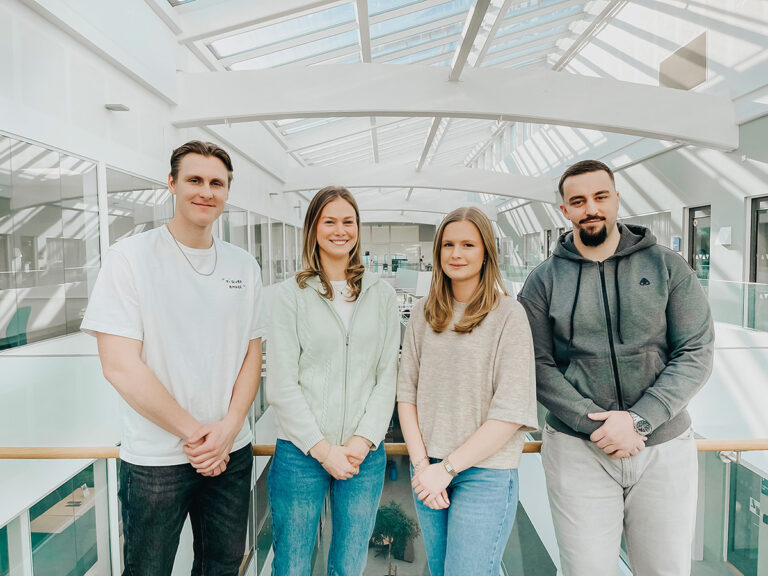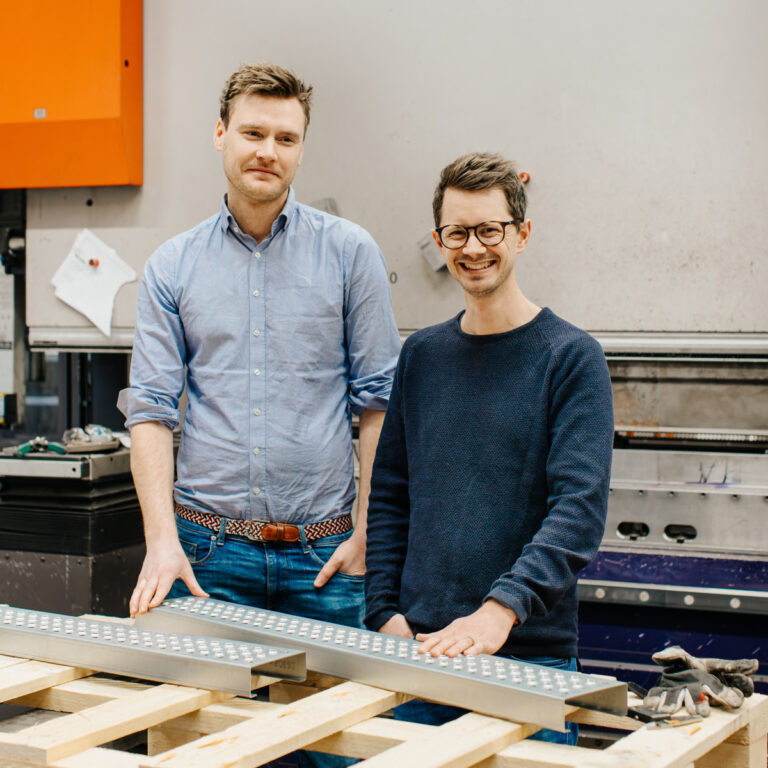
Collaboration with students provides new insights
– For us, it’s important to benefit from the knowledge and expertise available at colleges and universities. By collaborating with students, we get exposed to new perspectives and ideas, whilst the students get the opportunity to find out what it’s like to be in a working environment, says Albin Holm, Production Manager at Weland AB in Smålandsstenar.
He remembers his time as a student and how difficult it often was to get responses from companies that were asked about project and final degree work.
– Many simply didn’t respond to my requests, which is why it feels so good to work at Weland, a company that believes in always responding – no matter whether that response is a yes or a no.
Unfortunately, the company must sometimes say ‘no’.
– For us, it’s important to participate and support students throughout their projects, so we have to make sure that we have the appropriate resources available in-house, he says.
Changed product design did the job
During his development engineer course, Sammi Kuqi, together with fellow students Ella Blixt, Philip Andersson, and Kristin Täck, were tasked with carrying out a “product renewal project”. Weland was one of the companies contacted, and the group got a quick and positive response from Holm. The task set to the students was to further automate production of Weland’s patented fire extinguishing grating and, if possible, also reduce materials use during fabrication.
– We were invited to visit the production facilities in order to get a clear picture of the fabrication process, says Kuqi and continues;
– This helped us a lot and allowed us to realise that some of the design ideas we had couldn’t be implemented in the actual production environment. It enabled us to understand where the limits were, which made our job both easier and more efficient.
Jakob Josefsson, who works in the product development department at Weland, enthuses about the final result that Kuqi and his group presented.
– Theoretically, the changes they have made to the product design have succeeded in making production fully automated – taking it from two steps to one. It means that is should now be possible to do punching and bending in the same machine, something that the original product design didn’t allow. They’ve also succeeded reducing material consumption to a certain extent.
Collaboration a win-win situation
The project ran over a period of six months – from the first meeting with Weland in Smålandsstenar, to the final presentation at Halmstad University. Josefsson, who worked closely with the students during the project, praises their commitment:
– We’ve really got to give the group a lot of credit. They were fully committed from the get-go, collecting all the necessary information, asking questions, and driving the project forwards in an impressive way.
Holm agrees, adding;
– Collaborations with colleges and universities allow us to develop and benefit from each other’s experience and expertise. It benefits both companies, as it gives them access to new knowledge, and students, who gain valuable experience of an actual development project implemented in an actual working environment.
Publicerad: 2025-06-09



